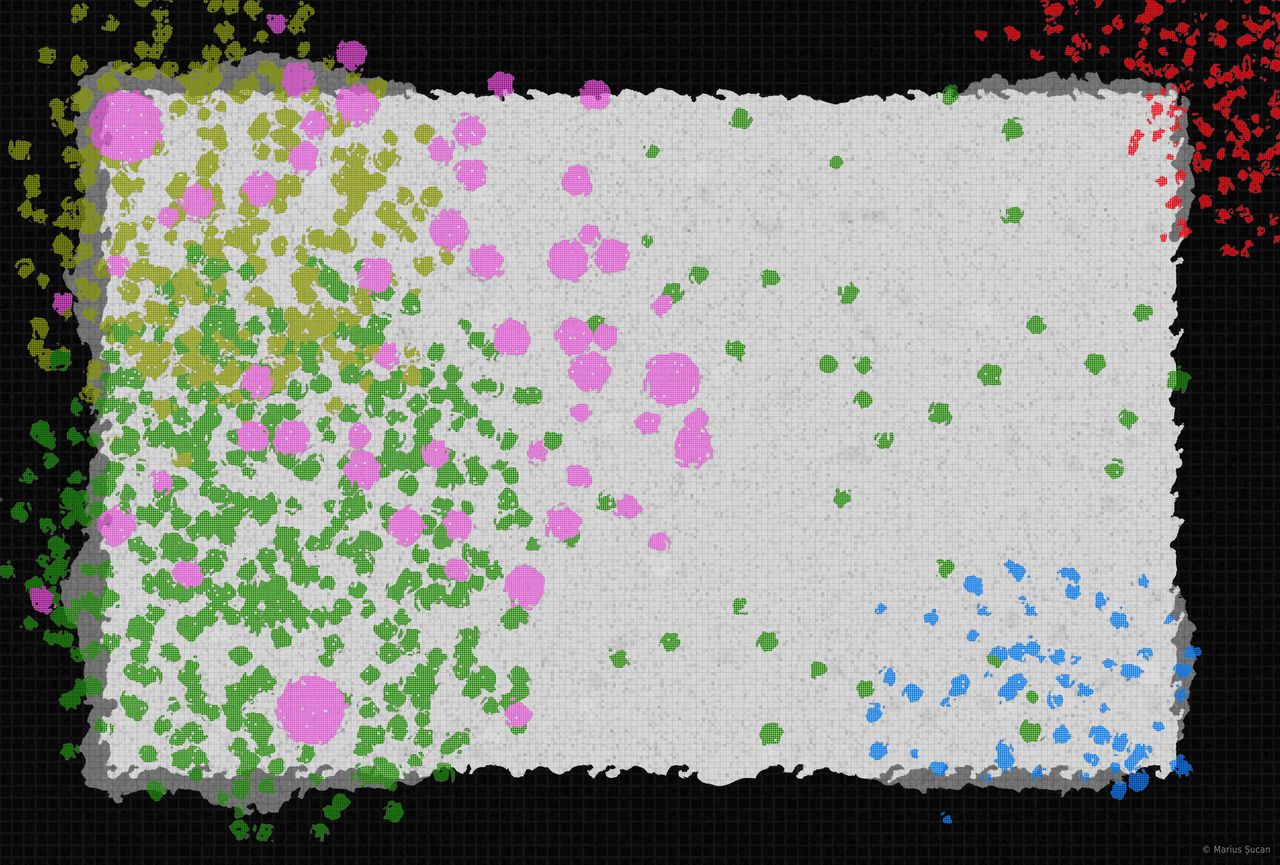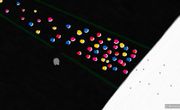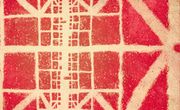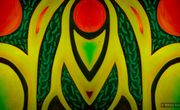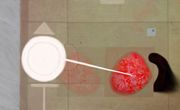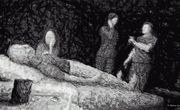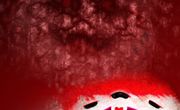The society
Created .
I used Cinema 4D to generate at random circles of different sizes and to distribute them on the surface of the image. Afterwards, I used Photoshop to process the image.
As the title suggests, this as an abstract image about how I perceive the society. It is a purely subjective visual representation of the main features of the society, as I see it. I did not intend to make a precise and a realistic representation of it. Because this is an abstract image, each individual, according to his own beliefs, experiences in life and/or education, is free to interpret it as he wants. In what follows, I will present what led me make this image, what I was thinking when I made it.
Each circle represents a group of people that share a trait or have common interests. These circles are composed of many small dots which in turn represent people, individuals. The size of the circles indicate the importance of the group of people. Each circle has missing dots and is malformed. With this, I try to suggest imperfection, that problems often arise within any group of people.
The circles are colored and scattered strategically in the composition of the image. We have green, blue, red and pink circles, located in different areas of the composition. The green circles represent the population masses. These are scattered, non-homogeneous, because there is no real cohesion among these groups. The blue circles, smaller in diameter, thus of reduced importance, represent the minorities within the population, such as disabled people, homosexuals, gypsies and others. The position of the blue circles, suggests that they are isolated and avoided by "common" people (the green circles). They are at edges of the gray surface. Notice how only very few groups of common people (green circles) are around, close by them. By definition, stigmatized minorities are not accepted by many people.
The pink circles are far fewer and they represent the groups of leaders or rulers, so I made them larger, to suggest they have more influence. Notice how we have in the composition just two pink circles in the crowd of green circles, acting as two poles. The other pink circles are located mostly in the central area of the composition, away from the crowd of green circles. With this, I suggest a specific form of elitism that many leaders express. They often stay away from curious eyes and prefer to do their work behind the scenes.
Another type of people I depict is the malevolent ones (criminals, rapers) and those who suffer of medically identified forms of insanity. They are represented by small red circles. These are located outside the gray surface, very few are inside of it. In this case, their position suggests a very strong isolation, they are outcasts.
The backdrop for the circles has a special meaning. The gray rectangle represents the normalcy of society, the ordinary, what we deem socially acceptable in how we behave, and more broadly, how we are. The rectangle has irregular edges, with which I suggest how complex normalcy is, that the ordinary variates and what is normal cannot be precisely defined. In the enlarged image, you can observe that the gray surface consists of many small squares of different gray tones. With this, I stress out once again that what is ordinary, "normal", often variates for each individual or group of people. It is also suggestive for how people try to define and quantify what normality is, using science: psychology, social studies, statistics, etc. Finally, all the circles located outside the gray rectangle represent groups of people or individuals who in one way or another are outside the boundaries of what the society defines as normal, they are out of the ordinary. Their lifestyle is based on existential aberrations and have some forms of madness.
You can notice that I placed many green circles outside the gray rectangle, just to emphasize that there are many groups of people, or just individuals, in the society, who have values and principles that are more or less out of the ordinary. There are many people out there who, at first impression, seem to be normal, but when you get to know them, you get to see their are more or less outside socially acceptable norms or that are they potentially dangerous. Now we can extrapolate the difference between the green circles outside the gray quadrant and the red circles that are mostly outside of it, completely isolated. Red circles, as I said, represent insane, devious or malevolent people, of whom people stay away and avoid. They are already labeled and known as being troubled, but the green circles outside the gray quadrant are people who are not labeled as crazy or in any other negative way. Because these people are not labeled, they do not face systematic isolation and are more or less socially integrated and functional. These people still manage to save their appearance, once they get this out of control, they get labeled. By labeling, I refer to institutionalization (in a prison, asylum, hospital) or when all people that form the social circle around a given person, take it for granted that the person is "special" and is being treated accordingly.
Another dramatic feature suggested by this picture is that there are groups of leaders or people in important leadership positions, who are located at the edge of the gray rectangle, or even outside of it. I point out that some segments of the population masses are not always led by people with positive moral and ethical principles or with good values. A clear example for this are extremists, dictators or generals who led countries into wars, or made genocides.
Finally, it is necessary to mention how at some edges of the gray surface, the rectangle is expanded with a darker gray tone. In this way, I suggest that many groups of people or leaders and rulers can manipulate what normality is and how it is defined, by bending this notion. In some social circles around cults, religions, sects or for extremists, things are different. What is abnormal, odd or unusual for us, it might be normal for them, and vice-versa. Now, you should notice the gray surface is expanded mostly where the green circles are concentrated around leaders. The population masses together with their leaders are able to stretch the notion of what normality is more than the rest of the depicted categories. As the image visually suggests, the minorities [the blue circles] or the criminals and deviants [the red circles], are unable to bend so much the notion of normality, because they are not influential.
